
When a message of peace was shared with them, they were convinced to join together in a confederacy. They chose as their name Haudenosaunee for the homes they lived in. Haudenosaunee is a Native American word that means “People who Made a House” or “People of the Longhouse.” It is pronounced “hoe-dee-no-show-nee.” The alliance introduced cooperation among the five nations. It allowed them to stop fighting one another and find ways to work together. It also gave them a position of strength when it came to interacting with other Native American and European groups.
Historically, the Haudenosaunee lived in the northeastern United States, primarily in New York and around the Great Lakes. As their confederacy grew strong, their influence reached south to the Carolinas, westward to present-day Illinois, and northward into New England.
The original Five Nations created a Grand Council. The council provided leadership through a bicameral system. Two nations were designated as Elder Brothers. Two nations were designated as Younger Brothers. A set number of members represented each nation on the Grand Council. The members all were men and served for life without payment. They discussed issues until they all agreed on an action or a decision.
The confederacy also gave an important role to women. Known as clan mothers, women chose and advised the men who represented their clans on the Grand Council. If the men failed to lead with the best interests of their people in mind, the clan mothers removed them.
Traditionally, Haudenosaunee men were responsible for providing protection, shelter, and food. Women were in charge of day-to-day family life and raising the children. Several generations of family members often lived together in a bark-covered longhouse.
This story is from the November/December 2019 edition of Cobblestone American History Magazine for Kids.
Start your 7-day Magzter GOLD free trial to access thousands of curated premium stories, and 8,500+ magazines and newspapers.
Already a subscriber ? Sign In
This story is from the November/December 2019 edition of Cobblestone American History Magazine for Kids.
Start your 7-day Magzter GOLD free trial to access thousands of curated premium stories, and 8,500+ magazines and newspapers.
Already a subscriber? Sign In
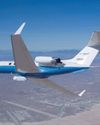
Eye in the Sky
An interview with Joe Piotrowski
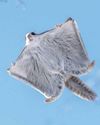
Airborne Animals
Humans have taken to the skies in balloons, gliders, and airplanes-but we're not alone among the clouds. Animals of all sorts have evolved to harness wind power.
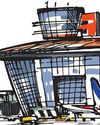
TAKING OFF
The Wright brothers expected airplanes to “take off,” but even they might be amazed at the way the airline industry has become big business. In the past, it was expensive to send something by plane.

GROWTH OF AN INDUSTRY
After their historic flight at Kitty Hawk in 1903, Wilbur and Orville Wright returned to Dayton, Ohio. They spent the next few years making adjustments and building additional versions of their powered aircraft in their bicycle shop.
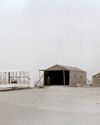
WHY KITTY HAWK?
The Wright brothers searched carefully for the best place to test their gliders and flying machines. Their main concern was for good, steady winds. But they also hoped to find a remote location to allow them to perform tests away from the public eye.
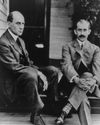
Two Brothers From Ohio
Most people do not realize that the Wright brothers—Wilbur, born in 1867, and Orville, born in 1871—performed various scientific experiments before inventing their aircraft. For as long as anyone in their hometown of Dayton, Ohio, could remember, the Wright boys had worked on mechanical projects.
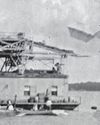
A Helping Hand
May 6, 1896. A group of people who had gathered beside the Potomac River, just south of the U.S. capital, grew quiet. Then, it erupted in cheers as a small, unmanned aircraft took to the skies and flew for more than half a mile. The flight came seven years before the Wright brothers’ first manned, powered flight. The inventor of the aircraft was Dr. Samuel Pierpont Langley.
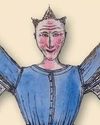
THE IDEA MEN
People dreamed of flying thousands of years before the Wright brothers found success near Kitty Hawk, North Carolina. These dreamers, such as Leonardo da Vinci, studied birds flying and imagined how humans might do the same—if only they had wings. Other men developed a more hands-on approach to the topic. Early inventors made wings of cloth, glue, and feathers and tied these creations to their arms in an attempt to imitate nature.

Da Vinci's 4 Designs
Have you ever wondered how a bird flies? Leonardo da Vinci (1452–1519) did. He thought that understanding how a bird flies would provide the key to human flight. So, what did da Vinci learn from birds?

Silken Wings
Seven hundred years before the Wright brothers began experimenting with human flight, the Chinese had already mastered its secrets—with kites.